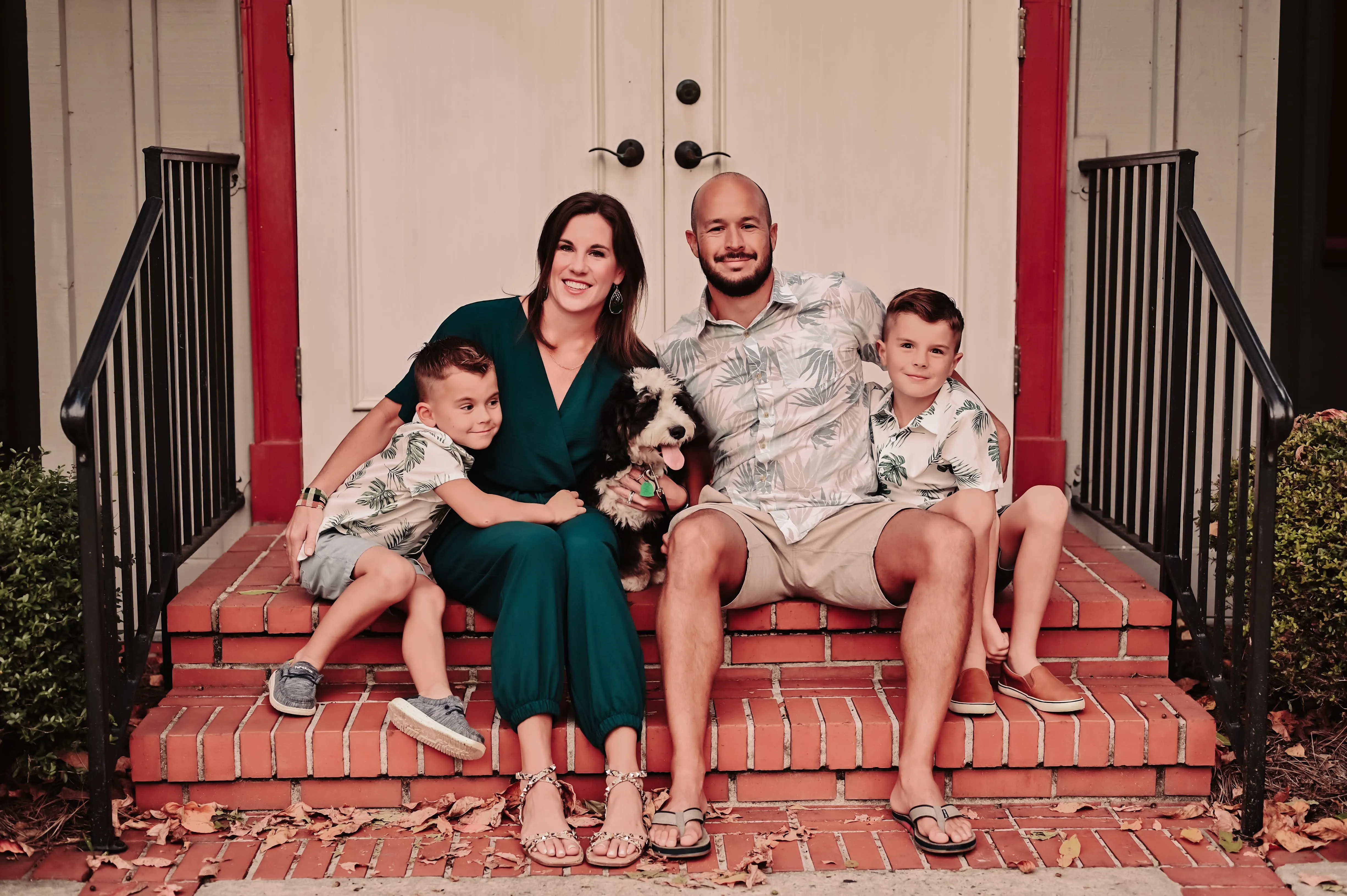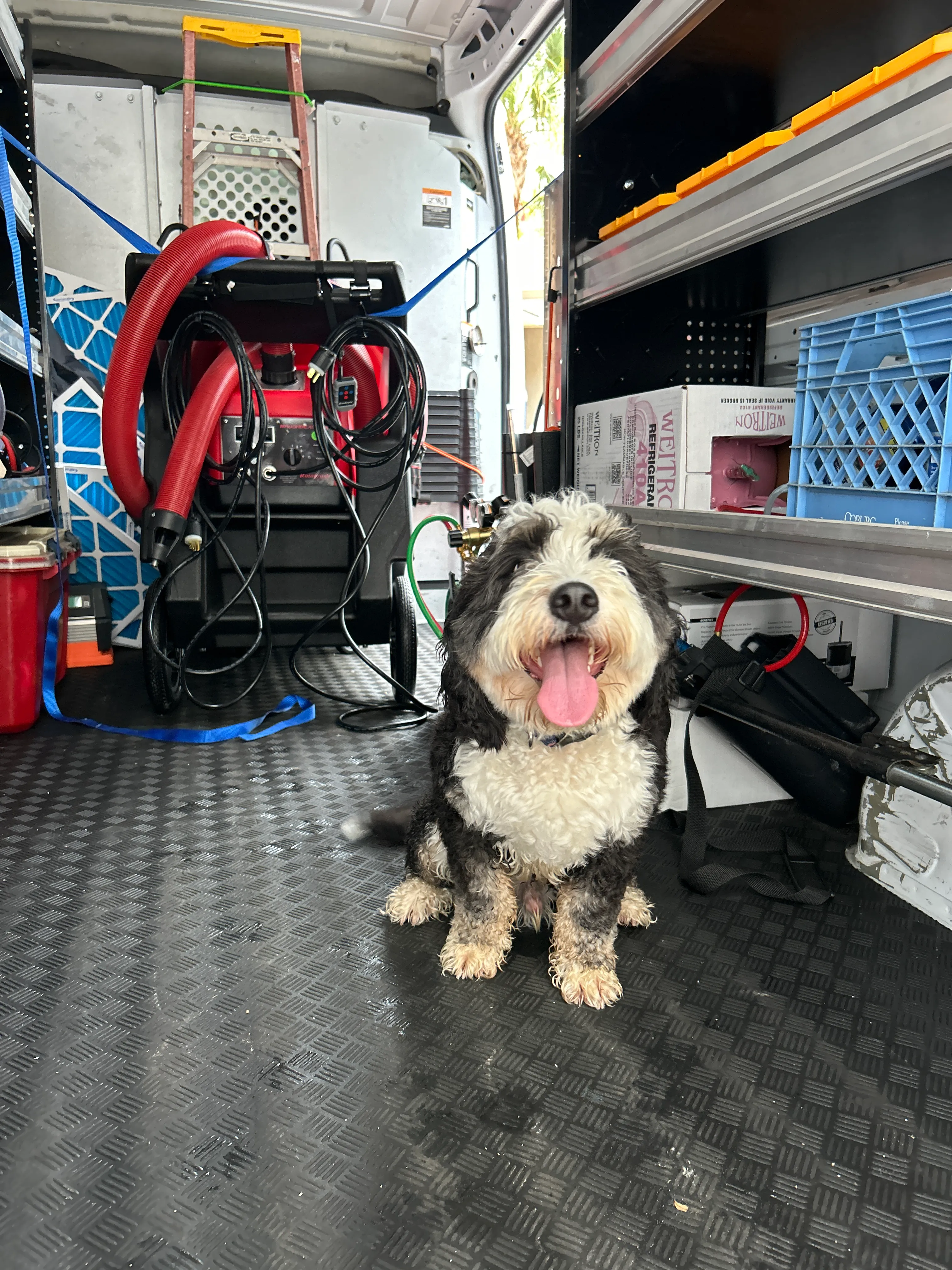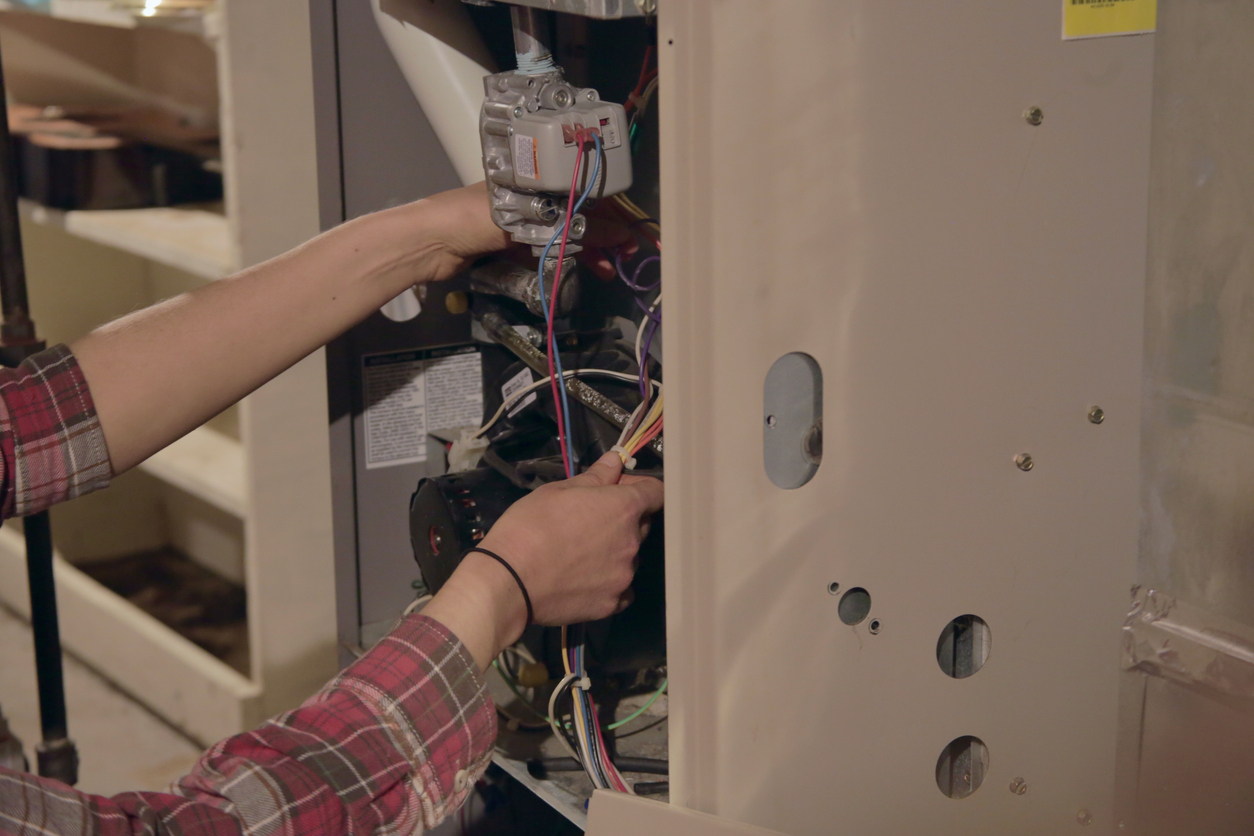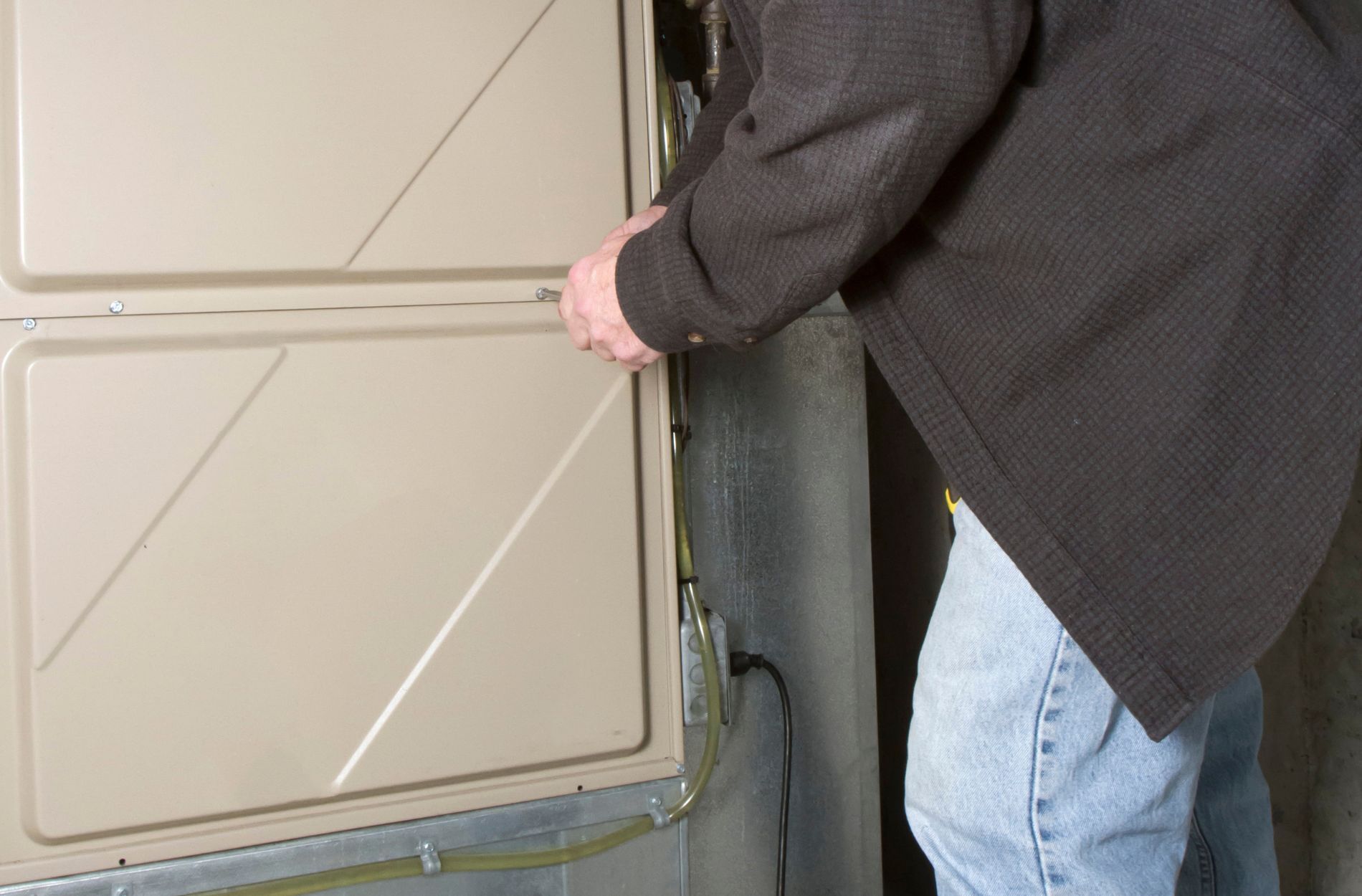
Power Outages & HVAC Systems: Emergency Protocols for Low Country Residents
Living in the beautiful Low Country, we know how quickly the weather can change, from bright sunny days to sudden thunderstorms or even the threat of a hurricane. With these weather shifts often comes the risk of power outages. While losing power is inconvenient, it can also pose a significant risk to one of the most critical systems in your home or business: your HVAC.
Your heating, ventilation, and air conditioning system works hard to keep your indoor environment comfortable, especially in the Low Country's unique climate. A sudden loss of power, and more importantly, the surge when power is restored, can potentially damage sensitive components within your unit. Understanding how outages affect your HVAC and having a plan is crucial for protecting your investment and maintaining comfort when the lights go out.
This guide provides essential emergency protocols for Low Country residents, covering what happens to your HVAC during an outage, safe shutdown procedures, how to restart your system, and proactive steps like surge protection and backup power solutions to minimize risks.
Understanding the Impact of Power Outages on Your Low Country HVAC
When the power goes out, your HVAC system immediately shuts down. This is a direct, expected impact. However, the real danger often occurs not during the outage itself, but after the power is restored.
The Threat of Power Surges: When electricity flows back into the grid after an interruption, or when high-demand appliances (like HVAC units) attempt to restart simultaneously, it can cause a sudden, powerful spike in voltage a power surge. According to Tara Energy, surges happen because of events like lightning strikes, downed power lines, or even internal home issues. These surges can overwhelm the delicate electronic controls and motors in modern HVAC systems, potentially causing immediate damage or reducing the lifespan of components over time (Wilson Plumbing and Heating).
Beyond the surge risk, prolonged outages in the Low Country's humid climate can lead to indoor air quality issues, increased humidity, and discomfort. In rare winter scenarios, a long outage could even risk frozen pipes if temperatures drop significantly.
Immediate Emergency Protocols During a Power Outage
When the power goes out, immediate action can help protect your HVAC system and other electronics.
- Safety First: Ensure everyone is safe. Check for downed power lines outside and be aware of potential hazards.
- Turn Off Your HVAC System: This is a critical step to prevent damage when power is restored.
- Go to your thermostat and turn the system switch to "Off."
- Locate your electrical panel (breaker box).
- Find the breaker(s) labeled for your HVAC system (often labeled "AC," "Heat Pump," "Furnace," or similar).
- Flip the breaker(s) to the "Off" position. (Bradley Mechanical recommends turning off the circuit breaker).
- Unplug Sensitive Electronics: While not directly related to HVAC, unplugging computers, TVs, and other sensitive devices helps protect them from the surge when power returns (MPC).
- Conserve Energy (If Using Backup): If you have a generator, be mindful of what you run to avoid overloading it. Prioritize essential circuits.
- Maintain Comfort Without HVAC: Close blinds or curtains to block sun, open windows if it's cooler outside (and safe), and try to stay in the coolest/warmest part of the house depending on the season.
Restoring Your HVAC system After Power Returns
Simply flipping the breaker back on the moment the lights come back can be risky. The power grid needs time to stabilize, and the initial rush of power can be harmful.
- Wait Patiently: Do NOT immediately turn your HVAC breaker back on. Wait at least 15-30 minutes after power has been fully restored and stable in your home (Bradley Mechanical). This allows the grid voltage to stabilize and prevents your system from being hit by residual surges.
- Flip the Breaker: Return to your electrical panel and flip the HVAC breaker(s) back to the "On" position.
- Return Thermostat to Desired Setting: Go back to your thermostat and set it to your desired mode (Heat, Cool, Auto) and temperature.
- Monitor Your System: Listen for your system to start up normally. Check that air is flowing and that it's cooling or heating as expected.
If your system doesn't turn on, or sounds unusual after following these steps, do not keep trying to cycle the power. There may be a safety lockout or potential damage.
Preventing Power Outage & Surge Damage to Your HVAC
The best defense against power outage-related damage is prevention. Two key investments can provide significant protection: surge protection and backup power.
Surge Protection
Standard power strips offer minimal protection, especially against the powerful surges that can occur after a power outage. HVAC systems need dedicated surge protection.
- Why HVAC Needs Surge Protection: Modern HVAC units contain sensitive electronic control boards and powerful motors that are vulnerable to voltage spikes. A surge protector acts as a buffer, diverting excess voltage away from your unit (Carolina Comfort SC).
- Types of Surge Protection:
- Unit-Specific Surge Protector: Installed directly at the outdoor HVAC unit. This offers direct protection for that specific piece of equipment.
- Whole-House Surge Protector: Installed at your main electrical panel. This protects all circuits and appliances in your home, including your HVAC system, from external surges (like those from power outages or lightning) and some internal surges (Angi, Thor Surge). A whole-house protector offers broader protection and is often recommended as the first line of defense.
- Benefits: Installing surge protection can protect expensive components, potentially extend the life of your system, and save you from costly post-outage repairs.
- Key Features: Look for protectors with a high Joule rating (indicating how much energy it can absorb), a low clamping voltage (the point at which it starts diverting voltage), and a fast response time (My Air Authority, Surge Suppression).
- Professional Installation: For effective protection and safety, surge protectors must be professionally installed by a qualified electrician. Improper installation can be ineffective and even dangerous.
Generator Backup
For those in the Low Country who experience frequent or prolonged outages, especially during hurricane season, a generator can provide essential backup power to keep your HVAC and other critical systems running.
- Why Consider a Generator in the Low Country: Maintaining comfort and protecting against humidity or extreme temperatures during multi-day outages is vital. A generator ensures continuity.
- Types of Generators for HVAC:
- Whole-House Standby Generators: These are permanently installed units, typically powered by natural gas or propane. They automatically detect an outage and turn on, seamlessly powering designated circuits (potentially your entire home, including HVAC). (Limric, Preferred, Superior Services offer these in the Charleston area).
- Portable Generators: More affordable and mobile, but require manual setup, refueling, and connecting appliances via extension cords or a transfer switch. Running HVAC on a portable unit requires a large, powerful generator and a proper transfer switch connection for safety (Fogelservices.com mentions generator options).
- Sizing: Properly sizing a generator for your HVAC unit and other essential appliances (refrigerator, lights, etc.) is crucial. An undersized generator won't be able to start and run your HVAC.
- Safe Usage: Portable generators must never be run indoors or in garages due to carbon monoxide risk. Connecting any generator to your home's electrical system requires a professional-installed transfer switch to avoid backfeeding power to the grid, which is dangerous for utility workers.
- Professional Installation & Maintenance: Standby generators require professional installation, including electrical and fuel line connections. Regular maintenance is also essential to ensure they operate reliably when needed. Local professionals specializing in generator installation in the Low Country can help you choose and install the right system.
Recognizing Signs of HVAC Damage and When to Call a Professional
Even with precautions, sometimes issues occur. Be aware of the signs that your HVAC system may have been damaged by a power outage or surge:
- The system won't turn on at all after following the safe restart procedure.
- The system turns on but makes unusual noises (grinding, buzzing, clicking).
- The outdoor unit (AC or heat pump) is running, but the indoor fan isn't blowing air.
- Air is blowing, but it's not cooling or heating properly.
- There's a burning smell coming from the unit or vents.
- Circuit breakers for the HVAC system repeatedly trip.
- Specific components (like the display on a smart thermostat or control board) are not working.
If you observe any of these signs, or if your system simply won't restart after a power outage despite following the correct steps, it's time to call a qualified HVAC professional. Attempting complex repairs yourself can cause further damage or pose safety risks. A local Low Country HVAC technician can diagnose the specific problem, determine if it's related to power fluctuation damage, and recommend the necessary repairs.
Conclusion
Power outages are an unavoidable part of life in the Low Country, but they don't have to spell disaster for your HVAC system. By understanding the risks, implementing safe shutdown and restart protocols, and considering proactive measures like surge protection and generator backup, you can significantly reduce the likelihood of damage and maintain comfort through disruptions.
Protecting your HVAC system ensures it remains reliable season after season. If you're concerned about your system's vulnerability to power surges or outages, or if your HVAC isn't performing correctly after an interruption, consulting with a local HVAC professional is the best next step. They can assess your system, discuss protection options tailored to your Low Country home, and ensure your comfort is restored and maintained safely.
FAQs
Q: Can a power surge damage my AC unit?
A: Yes, absolutely. Power surges, especially those that occur when power is restored after an outage, can seriously damage the sensitive electronic control boards, motors, and other components within your AC unit and furnace or heat pump (Wilson Plumbing and Heating, Tara Energy).
Q: How long should I wait to turn my HVAC system back on after a power outage?
A: It's generally recommended to wait at least 15 to 30 minutes after power has been fully restored before flipping the circuit breaker for your HVAC system back on (Bradley Mechanical). This waiting period allows the power grid to stabilize and reduces the risk of your system being hit by a secondary surge.
Q: Are HVAC surge protectors worth the investment?
A: For many homeowners, especially in areas prone to power fluctuations like the Low Country, HVAC surge protectors are a worthwhile investment. They offer a layer of protection against potentially costly damage to expensive HVAC components caused by power surges, which can be much more expensive to repair or replace than the surge protector itself (Angi, Carolina Comfort SC).
Q: Will my gas furnace work during a power outage?
A: While a gas furnace uses gas for heat, it still requires electricity to power components like the thermostat, fan motor, control board, and safety features. Therefore, a standard gas furnace will not operate during a power outage unless you have a backup power source like a generator connected to power its electrical needs (Thermal Services).
Q: What should I do if my HVAC system won't turn on after the power comes back?
A: First, ensure you followed the safe restart procedure, including waiting the recommended time before turning the breaker back on. Check if other appliances in your home have power. If the breaker is on and the system still won't start after waiting, or if you notice strange sounds or smells, turn the breaker off again and call a professional HVAC technician to inspect the system for potential damage.


Financing




















